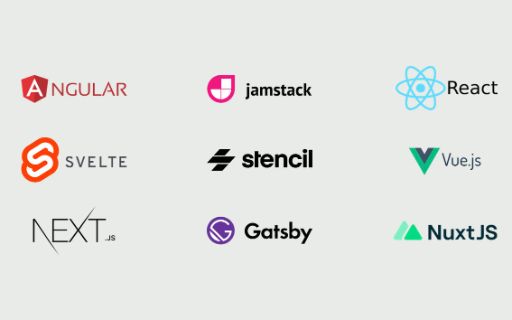Observability: your finger on the pulse of your entire IT environment
In today’s highly digitized world, your business processes rely on available, scalable, and secure applications, which in turn rely on available, scalable, and secure ICT infrastructure. So application performance monitoring isn’t an optional extra, and it’s even better if you focus on observability.

Monitoring has been around for some time now, providing tools that monitor the functioning of your ICT environment. When it looks like a problem is coming down the track — a storage disk filling up or the response time of an application dropping — monitoring tools deliver an alert. This allows your IT team to intervene and provide a solution as quickly as possible.
Monitoring systems monitor the components of the ICT infrastructure that are known to the ICT team. However, if an issue arises that the monitoring tool hasn’t been designed to pick up, you could be in trouble. For example, if there’s a change to an application that’s not included in the settings of your monitoring tool, it will no longer “look” at the right thing and won’t identify possible incidents.
Wider action area
Observability picks up where traditional monitoring stops, solving the limitations of monitoring by significantly expanding the field of action. An observability tool takes a broad overview of the entirety of your ICT environment, so it won’t miss the “unknown unknowns” — issues that can’t be predicted or planned for in advance. Tools for observability make use of machine learning, among other things.
When Formica develops an application performance monitoring project for a customer, we use Elastic Observability, which allows us to not only carry out real-user monitoring, where we track the experience of real users, but also synthetic-user monitoring, where we simulate the use of the environment in an automated manner. This way the tool always checks the results of the simulation against the set reference value, and we notice potential problems before real users ever experience them.
Business and IT
Working with an observability tool makes it possible to centralize all logs and at the same time collect all the measurement data you need, for example on CPU usage, the availability of storage, and so on. A big advantage it has over traditional monitoring is that observability also makes it possible to capture business data. The combination of both ICT infrastructure data and business data offers new insights, especially when we bring them together in handy, visually intuitive dashboards.
Our next step is to link alerts to the dashboards. The result is a solution that — thanks to machine learning, among other things — makes it possible to detect anomalies that would otherwise have flown under the radar or would have only come to light when they were already causing problems. Importantly, Elastic Observability also self-monitors, constantly checking whether it’s doing a good job itself. This prevents a false sense of security, where you assume that the absence of alerts means everything is okay, when in fact your monitoring tool isn’t working properly.
Complete unburdening
There is also an open-source edition of Elastic. Anyone who wants to discover the potential of observability can get started with the basic functionality of the tool for free. You need a license for the more advanced functions and access to support, but if you want to experiment with the possibilities, trial licenses are available through Formica. We’re more than happy to guide you through the selection, installation, configuration, and onboarding of the tool. Formica’s aim is to unburden our customers throughout the process.
Would you like to know more about what observability can do for your organization? Click below to contact us now.
Contact us






